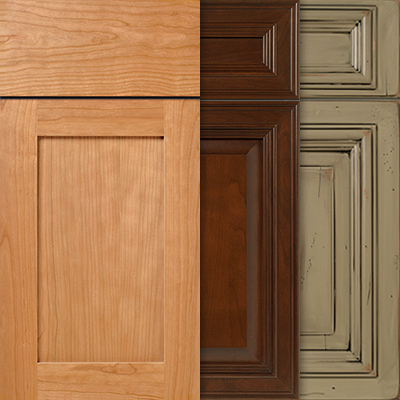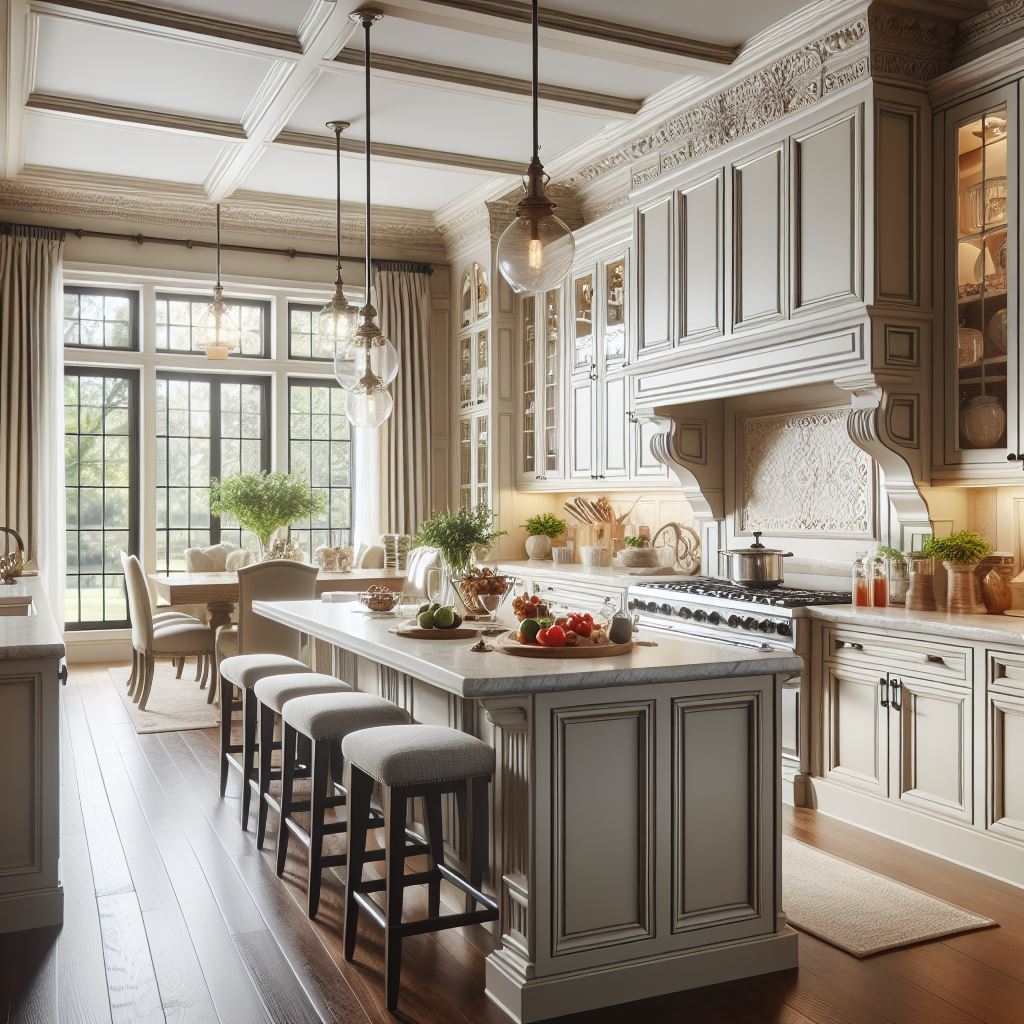All Categories
Featured
In home style, door positioning often takes a backseat to larger building choices, yet it plays a pivotal role in shaping just how a residence operates and feels. Proper door positioning makes sure that rooms are reliable, cosmetically pleasing, and for a comfy way of living. Right here's an extensive check out the science behind door positioning and why it is worthy of more interest in the style process.
Doors are the entrances that connect one room to an additional, and their positioning needs to promote seamless motion throughout the home.
Secret Factors To Consider:
Rational Pathways: Setting doors to align with natural web traffic patterns. A kitchen area door need to supply straight access to the eating location to simplify everyday routines.
Lessening Barriers: Prevent placing doors where furniture or architectural aspects might obstruct their swing or create bottlenecks.
Transitions: Usage doorways to mark changes in between exclusive and public locations, such as corridors resulting in bedrooms.
The positioning of doors can substantially impact just how light and air circulate within a home, adding to its total ambiance and power performance.
Positioning Methods:
Cross-Ventilation: Place doors other openings or opposite windows to promote airflow, especially in warm climates.
Sunlight Optimization: Take into consideration the alignment of outside doors to capture morning or mid-day light, lightening up interiors normally.
Glass Doors: Make Use Of doors with glass inserts to permit light to filter with, boosting brightness in adjacent spaces.
Critical door placement is crucial for preserving privacy in key areas without endangering access.
Ideal Practices:
Bedrooms and Bathrooms: Placement these doors far from high-traffic zones like living spaces or kitchen areas to produce a sense of resort.
Guest Areas: For homes with guest suites, doors ought to provide both very easy accessibility and personal privacy for visitors.
Key Entrance: The front door should supply direct accessibility to usual locations without revealing too much of the home's interior.
Beyond capability, doors play a substantial role in the visual coherence of an area. Their positioning and style should boost the home's aesthetic charm.
Design Tips:
Symmetry and Equilibrium: Straighten doors symmetrically in shared rooms like corridors to create a feeling of order.
Prime Focus: Use grand entry doors or one-of-a-kind styles as aesthetic highlights.
Consistency: Match door designs and coatings throughout the home for a natural look.
Door placement can influence a home's energy effectiveness by managing heat circulation and insulation.
![]()
Energy-Saving Techniques:
Insulated Doors: Usage well-insulated outside doors to reduce energy loss.
Wind Protection: Position main doors far from prevailing wind directions or utilize vestibules to reduce drafts.
Zoning: Use doors to area off locations of the home for targeted home heating or air conditioning.
![]()
In many cultures, the positioning of doors carries symbolic significance and can impact just how a home is regarded.
Instances:
Feng Shui: In this tradition, the front door's positioning affects the circulation of "chi" or power, with guidelines highlighting openness and equilibrium.
![]()
Directional Positioning: In Vastu Shastra, an old Indian style approach, door positioning is believed to influence prosperity and harmony.
Access Statements: Grand entries or delicately developed doors can signify warmth and hospitality.
Last Thoughts
Door positioning is both an art and a science. When prepared appropriately, doors come to be extra than just entrance factors; they shape the whole living experience.
- Enhancing Spatial Circulation
Doors are the entrances that connect one room to an additional, and their positioning needs to promote seamless motion throughout the home.
Secret Factors To Consider:
Rational Pathways: Setting doors to align with natural web traffic patterns. A kitchen area door need to supply straight access to the eating location to simplify everyday routines.
Lessening Barriers: Prevent placing doors where furniture or architectural aspects might obstruct their swing or create bottlenecks.
Transitions: Usage doorways to mark changes in between exclusive and public locations, such as corridors resulting in bedrooms.
- Optimizing All-natural Light and Air Flow
The positioning of doors can substantially impact just how light and air circulate within a home, adding to its total ambiance and power performance.
Positioning Methods:
Cross-Ventilation: Place doors other openings or opposite windows to promote airflow, especially in warm climates.
Sunlight Optimization: Take into consideration the alignment of outside doors to capture morning or mid-day light, lightening up interiors normally.
Glass Doors: Make Use Of doors with glass inserts to permit light to filter with, boosting brightness in adjacent spaces.
- Balancing Privacy and Access
Critical door placement is crucial for preserving privacy in key areas without endangering access.
Ideal Practices:
Bedrooms and Bathrooms: Placement these doors far from high-traffic zones like living spaces or kitchen areas to produce a sense of resort.
Guest Areas: For homes with guest suites, doors ought to provide both very easy accessibility and personal privacy for visitors.
Key Entrance: The front door should supply direct accessibility to usual locations without revealing too much of the home's interior.
- Aesthetic Integration
Beyond capability, doors play a substantial role in the visual coherence of an area. Their positioning and style should boost the home's aesthetic charm.
Design Tips:
Symmetry and Equilibrium: Straighten doors symmetrically in shared rooms like corridors to create a feeling of order.
Prime Focus: Use grand entry doors or one-of-a-kind styles as aesthetic highlights.
Consistency: Match door designs and coatings throughout the home for a natural look.
- Energy Efficiency Considerations
Door placement can influence a home's energy effectiveness by managing heat circulation and insulation.

Energy-Saving Techniques:
Insulated Doors: Usage well-insulated outside doors to reduce energy loss.
Wind Protection: Position main doors far from prevailing wind directions or utilize vestibules to reduce drafts.
Zoning: Use doors to area off locations of the home for targeted home heating or air conditioning.

- Cultural and Symbolic Impacts
In many cultures, the positioning of doors carries symbolic significance and can impact just how a home is regarded.
Instances:
Feng Shui: In this tradition, the front door's positioning affects the circulation of "chi" or power, with guidelines highlighting openness and equilibrium.

Directional Positioning: In Vastu Shastra, an old Indian style approach, door positioning is believed to influence prosperity and harmony.
Access Statements: Grand entries or delicately developed doors can signify warmth and hospitality.
Last Thoughts
Door positioning is both an art and a science. When prepared appropriately, doors come to be extra than just entrance factors; they shape the whole living experience.
Latest Posts
Transform Your Home with Durable Wood Floor Covering from Carpet Interiors Floor & Home
Published Apr 19, 25
1 min read
Trendy Safety Starts Here
Published Apr 19, 25
1 min read
Floor Covering Specialists Who Treat You Like Family Members
Published Apr 19, 25
1 min read